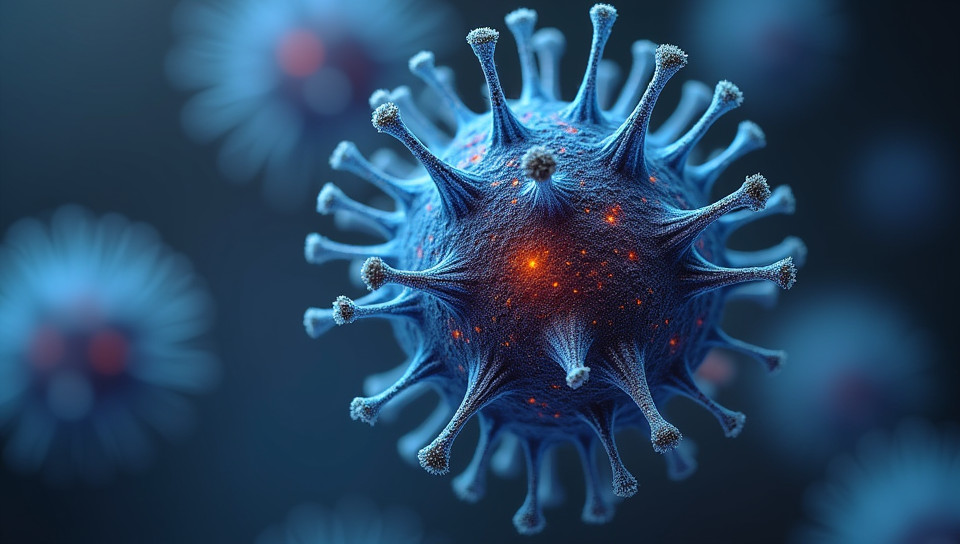CRISPR is still in its experimental stages 83%

The Promise and Limitations of CRISPR
Imagine a world where genetic diseases are eradicated, crops can withstand even the harshest climate conditions, and gene editing becomes as routine as dental fillings. This is the promise of CRISPR (Clustered Regularly Interspaced Short Palindromic Repeats), a revolutionary technology that has captured the imagination of scientists and the public alike. However, beneath the hype, CRISPR is still in its experimental stages, and its limitations are often overlooked.
What is CRISPR?
CRISPR is a bacterial defense mechanism that allows for precise editing of DNA sequences. By harnessing this technology, scientists can modify genes to correct genetic mutations, eliminate diseases, or introduce desirable traits into crops. The possibilities seem endless, but the reality is more complex.
Challenges in CRISPR Technology
- Off-target effects: CRISPR can sometimes edit unintended parts of the genome, leading to unpredictable outcomes.
- Mosaicism: Gene editing may not always be uniform, resulting in a mixture of edited and unedited cells within an individual or organism.
- Limited efficiency: CRISPR is not 100% effective, and many attempts at gene editing fail to produce the desired outcome.
Current Applications and Future Directions
While CRISPR holds tremendous promise, its current applications are limited. It has been used to edit genes in various organisms, including bacteria, plants, and animals. However, the focus has largely been on basic research, with few real-world applications yet to emerge.
Ethical Considerations
As CRISPR continues to advance, ethical considerations will become increasingly important. The technology raises questions about germline editing (editing genes that can be passed down to future generations), gene drives (introducing edited genes into entire populations), and the potential for unequal access to gene editing technologies.
Conclusion
CRISPR is a powerful tool with immense potential, but it is still in its experimental stages. While researchers continue to push the boundaries of what is possible, we must acknowledge the limitations and challenges associated with this technology. As scientists, policymakers, and society at large, we must engage in a thoughtful and informed discussion about the implications of CRISPR and its future applications. By doing so, we can ensure that this technology is developed and used responsibly, ultimately benefiting humanity as a whole.
- Created by: Kabir Kumar
- Created at: Jan. 13, 2025, 7:23 p.m.
- ID: 17837








